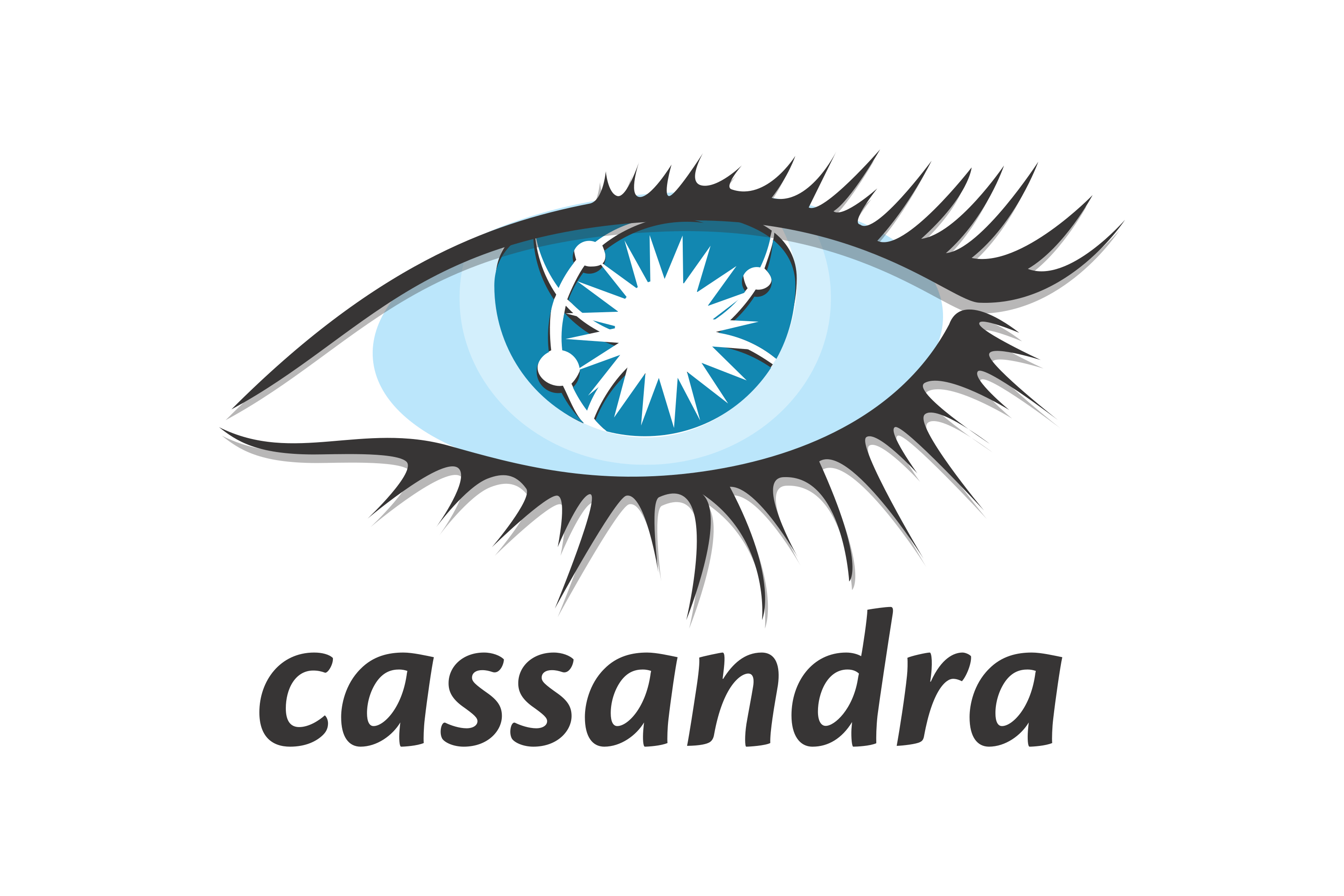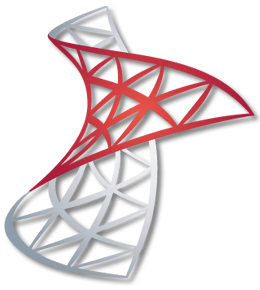Apache Cassandra vs SQL Server
A detailed comparison
Compare Apache Cassandra and SQL Server for time series and OLAP workloads
Learn About Time Series DatabasesChoosing the right database is a critical choice when building any software application. All databases have different strengths and weaknesses when it comes to performance, so deciding which database has the most benefits and the most minor downsides for your specific use case and data model is an important decision. Below you will find an overview of the key concepts, architecture, features, use cases, and pricing models of Apache Cassandra and SQL Server so you can quickly see how they compare against each other.
The primary purpose of this article is to compare how Apache Cassandra and SQL Server perform for workloads involving time series data, not for all possible use cases. Time series data typically presents a unique challenge in terms of database performance. This is due to the high volume of data being written and the query patterns to access that data. This article doesn’t intend to make the case for which database is better; it simply provides an overview of each database so you can make an informed decision.
Apache Cassandra vs SQL Server Breakdown
 |
 |
|
| Database Model | Distributed wide-column database |
Relational database |
| Architecture | Apache Cassandra follows a masterless, peer-to-peer architecture, where each node in the cluster is functionally the same and communicates with other nodes using a gossip protocol. Data is distributed across nodes in the cluster using consistent hashing, and Cassandra supports tunable consistency levels for read and write operations. It can be deployed on-premises, in the cloud, or as a managed service |
SQL Server can be deployed on-premises, in virtual machines, or as a managed cloud service (Azure SQL Database) on Microsoft Azure. It is available in multiple editions tailored to different use cases, such as Express, Standard, and Enterprise. |
| License | Apache 2.0 |
Closed source |
| Use Cases | High write throughput applications, time series data, messaging systems, recommendation engines, IoT |
Transaction processing, business intelligence, data warehousing, analytics, web applications, enterprise applications |
| Scalability | Horizontally scalable with support for data partitioning, replication, and linear scalability as nodes are added |
Supports vertical and horizontal scaling, with features like partitioning, sharding, and replication for distributed environments |
Looking for the most efficient way to get started?
Whether you are looking for cost savings, lower management overhead, or open source, InfluxDB can help.
Apache Cassandra Overview
Apache Cassandra is a highly scalable, distributed, and decentralized NoSQL database designed to handle large amounts of data across many commodity servers. Originally created by Facebook, Cassandra is now an Apache Software Foundation project. Its primary focus is on providing high availability, fault tolerance, and linear scalability, making it a popular choice for applications with demanding workloads and low-latency requirements.
SQL Server Overview
Microsoft SQL Server is a powerful and widely used relational database management system developed by Microsoft. Initially released in 1989, it has evolved over the years to become one of the most popular database systems for businesses of all sizes. SQL Server is known for its robust performance, security, and ease of use. It supports a variety of platforms, including Windows, Linux, and containers, providing flexibility for different deployment scenarios.
Apache Cassandra for Time Series Data
Cassandra can be used for handling time series data due to its distributed architecture and support for time-based partitioning. Time series data can be efficiently stored and retrieved using partition keys based on time ranges, ensuring quick access to data points.
SQL Server for Time Series Data
While Microsoft SQL Server is primarily a relational database, it does offer support for time series data through various features and optimizations. Temporal tables allow for tracking changes in data over time, providing an efficient way to store and query historical data. Indexing and partitioning can be leveraged to optimize time series data storage and retrieval. However, SQL Server may not be the best choice for applications requiring high write or query throughput specifically for time series data, as specialized time series databases offer more optimized solutions as well as a variety of developer productivity features that speed up development time for applications that heavily use time series data.
Apache Cassandra Key Concepts
- Column Family: Similar to a table in a relational database, a column family is a collection of rows, each consisting of a key-value pair.
- Partition Key: A unique identifier used to distribute data across multiple nodes in the cluster, ensuring even distribution and fast data retrieval.
- Replication Factor: The number of copies of data stored across different nodes in the cluster to provide fault tolerance and high availability.
- Consistency Level: A configurable parameter that determines the trade-off between read/write performance and data consistency across the cluster.
SQL Server Key Concepts
- T-SQL: Transact-SQL, an extension of SQL that adds procedural programming elements, such as loops, conditional statements, and error handling, to the standard SQL language.
- SSMS: SQL Server Management Studio, an integrated environment for managing SQL Server instances, databases, and objects.
- Always On: A suite of high availability and disaster recovery features in SQL Server, including Always On Availability Groups and Always On Failover Cluster Instances.
Apache Cassandra Architecture
Cassandra uses a masterless, peer-to-peer architecture, in which all nodes are equal, and there is no single point of failure. This design ensures high availability and fault tolerance. Cassandra’s data model is a hybrid between a key-value and column-oriented system, where data is partitioned across nodes based on partition keys and stored in column families. Cassandra supports tunable consistency, allowing users to adjust the balance between data consistency and performance based on their specific needs.
SQL Server Architecture
Microsoft SQL Server is a relational database that uses SQL for querying and manipulating data. It follows a client-server architecture, with the database server hosting the data and processing requests from clients. SQL Server supports both on-premises and cloud-based deployment through Azure SQL Database, a managed service offering in the Microsoft Azure cloud. SQL Server’s architecture includes components such as the Database Engine, which processes data storage and retrieval, and various services for reporting, integration, and analysis.
Free Time-Series Database Guide
Get a comprehensive review of alternatives and critical requirements for selecting yours.
Apache Cassandra Features
Linear Scalability
Cassandra can scale horizontally, adding nodes to the cluster to accommodate growing workloads and maintain consistent performance.
High Availability
With no single point of failure and support for data replication, Cassandra ensures data is always accessible, even in the event of node failures.
Tunable Consistency
Users can balance between data consistency and performance by adjusting consistency levels based on their application’s requirements.
SQL Server Features
Security
SQL Server offers advanced security features, such as Transparent Data Encryption, Always Encrypted, and row-level security, to protect sensitive data.
Scalability
SQL Server supports scaling out through features like replication, distributed partitioned views, and Always On Availability Groups.
Integration Services
SQL Server Integration Services (SSIS) is a powerful platform for building high-performance data integration and transformation solutions.
Apache Cassandra Use Cases
Messaging and Social Media Platforms
Cassandra’s high availability and low-latency make it suitable for messaging and social media applications that require fast, consistent access to user data.
IoT and Distributed Systems
With its ability to handle large amounts of data across distributed nodes, Cassandra is an excellent choice for IoT applications and other distributed systems that generate massive data streams.
E-commerce
Cassandra is a good fit for E-commerce use cases because it has the ability to support things like real-time inventory status and it’s architecture also allows for reduced latency by allowing region specific data to be closer to users.
SQL Server Use Cases
Enterprise Applications
SQL Server is commonly used as the backend database for enterprise applications, providing a reliable and secure data storage solution.
Data Warehousing and Business Intelligence
SQL Server’s built-in analytical features, such as Analysis Services and Reporting Services, make it suitable for data warehousing and business intelligence applications.
E-commerce Platforms
SQL Server’s performance and scalability features enable it to support the demanding workloads of e-commerce platforms, handling high volumes of transactions and user data.
Apache Cassandra Pricing Model
Apache Cassandra is an open-source project, and there are no licensing fees associated with its use. However, costs can arise from hardware, hosting, and operational expenses when deploying a self-managed Cassandra cluster. Additionally, several managed Cassandra services, such as DataStax Astra and Amazon Keyspaces, offer different pricing models based on factors like data storage, request throughput, and support.
SQL Server Pricing Model
Microsoft SQL Server offers a variety of licensing options, including per-core, server + CAL (Client Access License), and subscription-based models for cloud deployments. Costs depend on factors such as the edition (Standard, Enterprise, or Developer), the number of cores, and the required features. For cloud-based deployments, Azure SQL Database offers a pay-as-you-go model with various service tiers to accommodate different performance and resource requirements.
Get started with InfluxDB for free
InfluxDB Cloud is the fastest way to start storing and analyzing your time series data.
